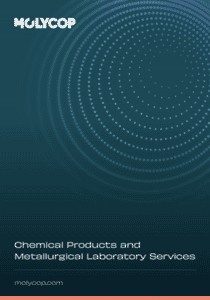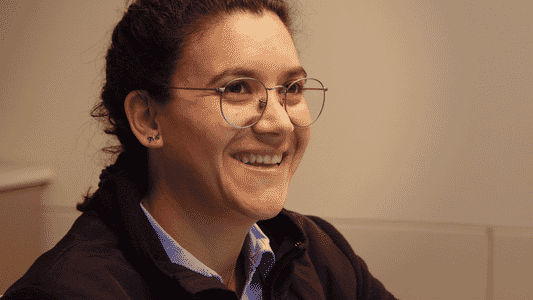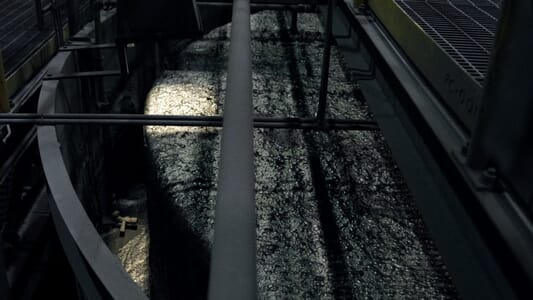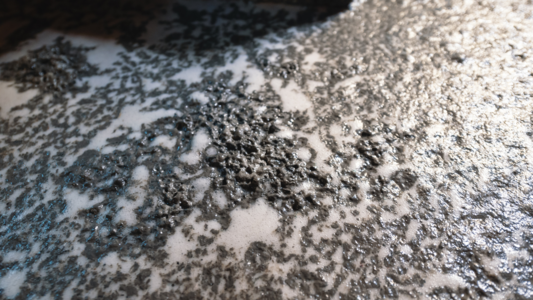L'industrie minérale semble lente à adopter l'utilisation d'applications de traitement d'images et de modèles de flottation plus complets dans les applications industrielles de l'APC. Ce document de recherche explique pourquoi et donne un exemple des défis à relever.
- Model-based level stabilisation and mass pull based grade control strategies continue to deliver benefits.
- Nevertheless, the literature indicates additional advantages can be gained by adopting image process applications and more comprehensive flotation models in APC applications.
- Challenges exist for industrial flotation control systems with basic visual froth imaging functionality, as explained in this research paper.
Model-based level stabilisation and mass pull based grade control strategies continue to deliver benefits, but the industry is currently slow in adopting image processing applications and more comprehensive flotation models in industrial Advanced Process Control (APC) applications.
This research paper highlights some of the challenges experienced in an industrial flotation control system that includes basic visual froth imaging functionality. It also identifies reasons why integrated industrial APC implementations including advanced models and machine learning components remain scarce.
The paper provides an example of how additional instrumentation (froth cameras in this instance) can highlight the need to regulate relative froth flow rates in a flotation bank.
As more measurements and soft sensors are developed and integrated with model-based controllers, similar opportunities can be expected to arise for other variables, providing further insight into the flotation operation and opening opportunities to improve performance under a variety of conditions by performing the appropriate control actions.




.png?h=300)

